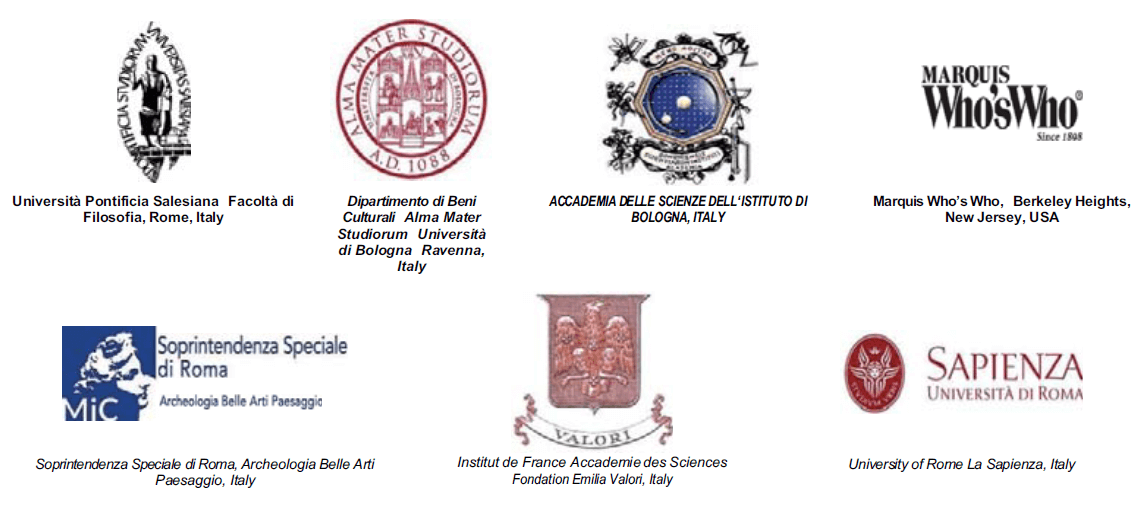Heritage Conservation and Urban Landscaping of Ancient Pan Pool Neighborhood, Qufu: a Historical and Indigenous Perspective
DOI:
https://doi.org/10.6092/issn.1973-9494/5451Keywords:
heritage landscape, historic city regeneration, Jingyi, Gu Pan PoolAbstract
Gu Pan Pool neighborhood got its name because of Gu Pan Chi, (古泮池,the ancient Pan Pool), located in the southeastern part of Confucius’ birthplace, Qufu, the birth place of Confucius with a history of 3000 year. Gu Pan Pool has been recently under preservation with the joint efforts of World Bank cultural heritage conservation project and the local municipal government. With disparate interests in mind, the three stakeholders of heritage, the world bank, Qufu municipal government and local residents are contradictory with each other in the regeneration process, in which the local voices are often ignored. The purpose of this paper is to rethink heritage making from a historical and indigenous perspective in the contemporary Chinese urban historic landscape planning process. The author contends that the cultural value and pluralism embedded in the ritual way of thinking in Chinese Classics inherited and transmitted for thousands of years could be an alternative way of thinking for the landscape planning practices in the homogenizing culture of global capitalism. This research aims to reinterpret and re-activate Confucianism as cultural heritage to enrich the understanding and hence the sustainability related to human action in urban spaces with emphasis on planning processes in contemporary China.References
Jenks, Mike et al (1996): Compact cities and Sustainability: an Introduction. In Jenks, Mike et. al (ed): The Compact City. A Sustainable Urban Form?E&FN Spon, Oxford, pg. 3-6
谢凝高:《“世界遗产”不等于旅游资源》,《北京规划建设》2001年第6期, 第58-59页。[Xie Ninggao, “‘World Heritage’ Is Not Identical to Tourism Resource,” Beijing City Planning & Construction Review, No. 6(2001), pp. 58-59.]
彭兆荣:《遗产:反思与阐释》,昆明:云南教育出版社, 2008年。[Peng Zharong, Heritage: Reflection and Interpretation, Kunming: Yunnan Education Publishing House, 2008.]
L. Smith, Uses of Heritage, London & New York: Rougledge, 2006.
吴宗杰:《话语与文化遗产的本土意义建构》,《浙江大学学报》(人文社科版)2012年第6期。[Wu Zongjie, “Recovering Indigenous Discourse of Cultural Heritage: A Chinese Challenge to Western Value of Heritage”, Journal of Zheji-ang University (Humanity and Social Science No. 6(2012)
Henderson, J. B. (1991)Scripture, Canon, and Commentary: A Comparison of Confucian and Western Exegesis(Princeton, NJ: Princeton University Press).
Martin Heidegger, Being and Time, trans. John Macquarrie and Edward Robinson. New York: Harper & Row, 1962
李鸿渊:《孔庙泮池之文化寓意探析》(J)《 学术探索》2010年第2期
吴宗杰 Wu,Z. (2011), Interpretation, Autonomy and Transformation: Chinese Pedagogical Discourse in a Cross-Cultural Perspective. 《Journal of Curriculum Studies》, Vol.43(5).
Yu Hua,《礼失求诸野:勾良苗寨礼文化的意义交织》 Interweaving Ritual Meanings in Gouliang Miao Village PhD Dissertation, 2013.
C. Humphrey and J. Laidlaw, The Archetypal Actions of Ritual: A Theory of Ritual Illustrated by the Jain Rite of Worship, Clarendon Press,1994,pp.88-90
彭林:《吾观于乡而知王道之易易 乡饮酒礼》《中国古代礼仪文明》 2002年第10期
吴宗杰,胡美馨:《超越表征: 中国话语的诠释传统及其当下观照》《文史哲》2010年第4期.
Kansteiner W., Finding Meaning in Memory: A Methodological Critique of Collective Memory Studies, History and Theory Volume 41, Issue2, 2002:180
候松,吴宗杰:《批判话语研究的超学科与跨文化转向》《广东外语外贸大学学报》, 2012年11 月。Hou & Wu: Transdisciplinary and Cross-Cultural Turn of Critical Studies: A Case of Remaking Chinese Cultural Heritage Discourse. Journal of Guandong University of Foreign Studies, 2012(11)
Downloads
Published
How to Cite
Issue
Section
License
Copyright (c) 2014 Yingchun Zhang, Zongjie Wu
Copyrights and publishing rights of all the texts on this journal belong to the respective authors without restrictions. Authors grant the journal right of first publication.
This journal is licensed under a Creative Commons Attribution 4.0 International License (full legal code).
See also our Open Access Policy.






